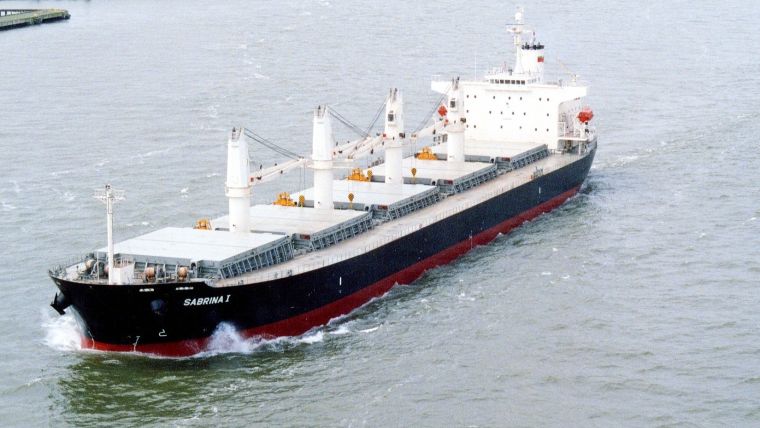Marine Navigation Industry Facing up Digital Transformation
This year's World ECDIS Day focused on Digital Culture Beyond ECDIS and took place in Hamburg, Germany, during the last week of September. Since many vessels have now successfully managed the transition to ECDIS and paperless navigation, the marine navigation industry is facing up to the current challenges of digital transformation. Automation of shipping is moving forward, with the digitalization of maritime data, voyage planning, transformation of risk assessment, and compliance. World ECDIS Day, a non-profit industry initiative, is an international event, showcasing maritime e-navigation and ECDIS.
Key speakers from industry-leading stakeholders shared their vision on what comes next. In a live web session, Columbia Shipmanagement’s CEO, Carsten Sommerhage, showed what digitalization means to shipping. S-100/S-1XX status and an actual use case were highlighted by Julia Powell, NOAA Coastal Survey Development Lab. In three workshops and a panel discussion, visitors were able to get comprehensive information about the status quo, risks and challenges in a range of subject areas and to get involved.
Future Maritime Navigation
Steven van de Schootbrugge, ChartWorld's CEO, underlined ECDIS as a central component of future maritime navigation. However, he also pointed out the challenges posed by new technologies, such as the use of transport drones. The Standard Club speaker, Capt. Yves Vandenborn, reflected the P&I perspective on ECDIS compliance, while UKHO and MeteoGroup presented the future of maritime data digitalization.
Last but not least, the highlight of the event was a prestigious award ceremony at the evening reception. The industry celebrated its mentors in four categories: Digital Implementation, Digital Solution, Digital Innovation – and the most warmly-acclaimed award category, Life Achievement. This prize went to Nikolai Lebedev, founder of Transas, in the context of a retrospective of maritime industry history.
Caption: The Sabrina I photographed from atop the Astoria-Megler Bridge. A typical modern handymax bulk carrier with 5 holds, 5 hatches and 4 cranes, Sabrina I is owned by Portline of Portugal and was built at the Balamban (Cebu), Philippines shipyard of Japanese shipbuilder Tsuneishi Heavy Industries. The ship was delivered in January 2005. Length over all (LOA): 190.00m beam: 32.26m (panamax) cranes: 4 x 30 metric tons SWL cargo hold capacity: about 67,500 cubic metres. Author: Nsandel at English Wikipedia.














